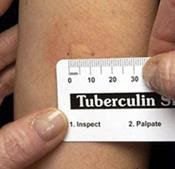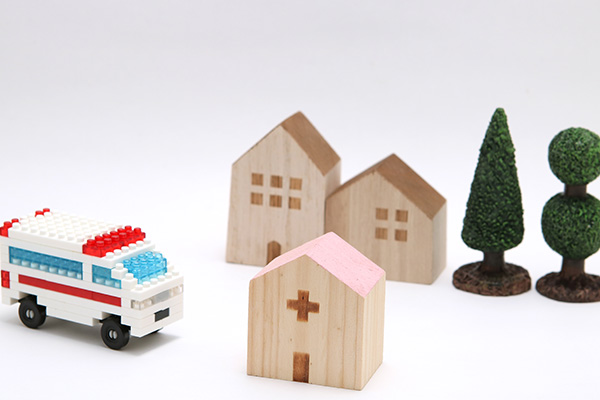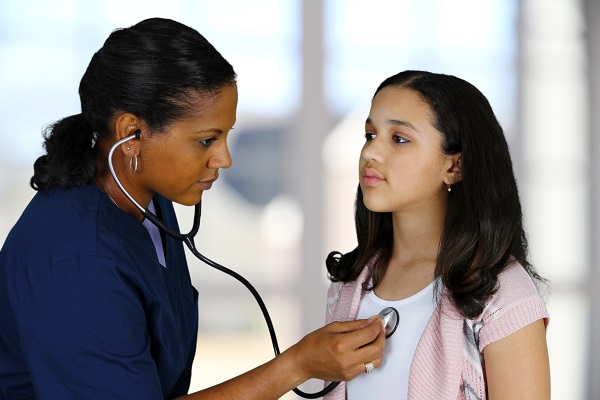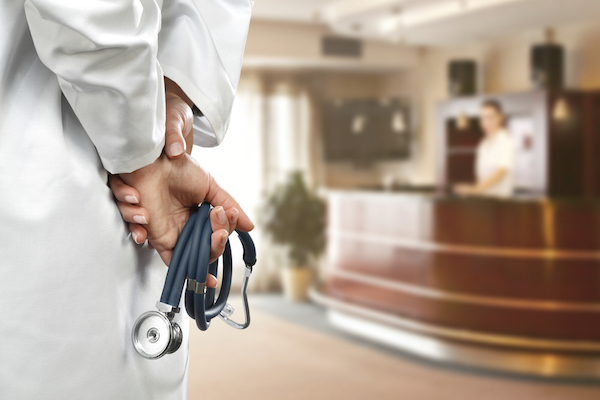TB ScreeningCorona, CA
Who Should be Tested
Certain people should be tested for TB infection because they are at higher risk for being infected with TB bacteria, including:
- People who have spent time with someone who has TB disease
- People from a country where TB disease is common (most countries in Latin America, the Caribbean, Africa, Asia, Eastern Europe, and Russia)
- People who live or work in high-risk settings (for example: correctional facilities, long-term care facilities or nursing homes, and homeless shelters)
- Health-care workers who care for patients at increased risk for TB disease
- Infants, children and adolescents exposed to adults who are at increased risk for latent tuberculosis infection or TB disease
Many people who have latent TB infection never develop TB disease. But some people who have latent TB infection are more likely to develop TB disease than others. Those at high risk for developing TB disease include:
- People with HIV infection
- People who became infected with TB bacteria in the last 2 years
- Babies and young children
- People who inject illegal drugs
- People who are sick with other diseases that weaken the immune system
- Elderly people
- People who were not treated correctly for TB in the past
TB tests are generally not needed for people with a low risk of infection with TB bacteria.
Testing for TB Infection
There are two types of tests for TB infection: the TB skin test and the TB blood test. A person’s health care provider should choose which TB test to use. Factors in selecting which test to use include the reason for testing, test availability, and cost. Generally, it is not recommended to test a person with both a TB skin test and a TB blood test.

Administering the TB skin test
The TB skin test is also called the Mantoux tuberculin skin test (TST). A TB skin test requires two visits with a health care provider.
On the first visit the test is placed; on the second visit the health care provider reads the test.
- The TB skin test is performed by injecting a small amount of fluid (called tuberculin) into the skin on the lower part of the arm.
- A person given the tuberculin skin test must return within 48 to 72 hours to have a trained health care worker look for a reaction on the arm.
- The result depends on the size of the raised, hard area or swelling.
Reading the result of a TB skin test
Positive skin test: This means the person’s body was infected with TB bacteria. Additional tests are needed to determine if the person has latent TB infection or TB disease.
Negative skin test: This means the person’s body did not react to the test, and that latent TB infection or TB disease is not likely.
There is no problem in repeating a TB skin test. If repeated, the additional test should be placed in a different location on the body (e.g., other arm).
The TB skin test is the preferred TB test for children under the age of five.

Contact Us
Medicross Clinic and Urgent Care is located at
487 Magnolia Avenue, Suite 102, Corona Village Center,
Corona, CA 92879





